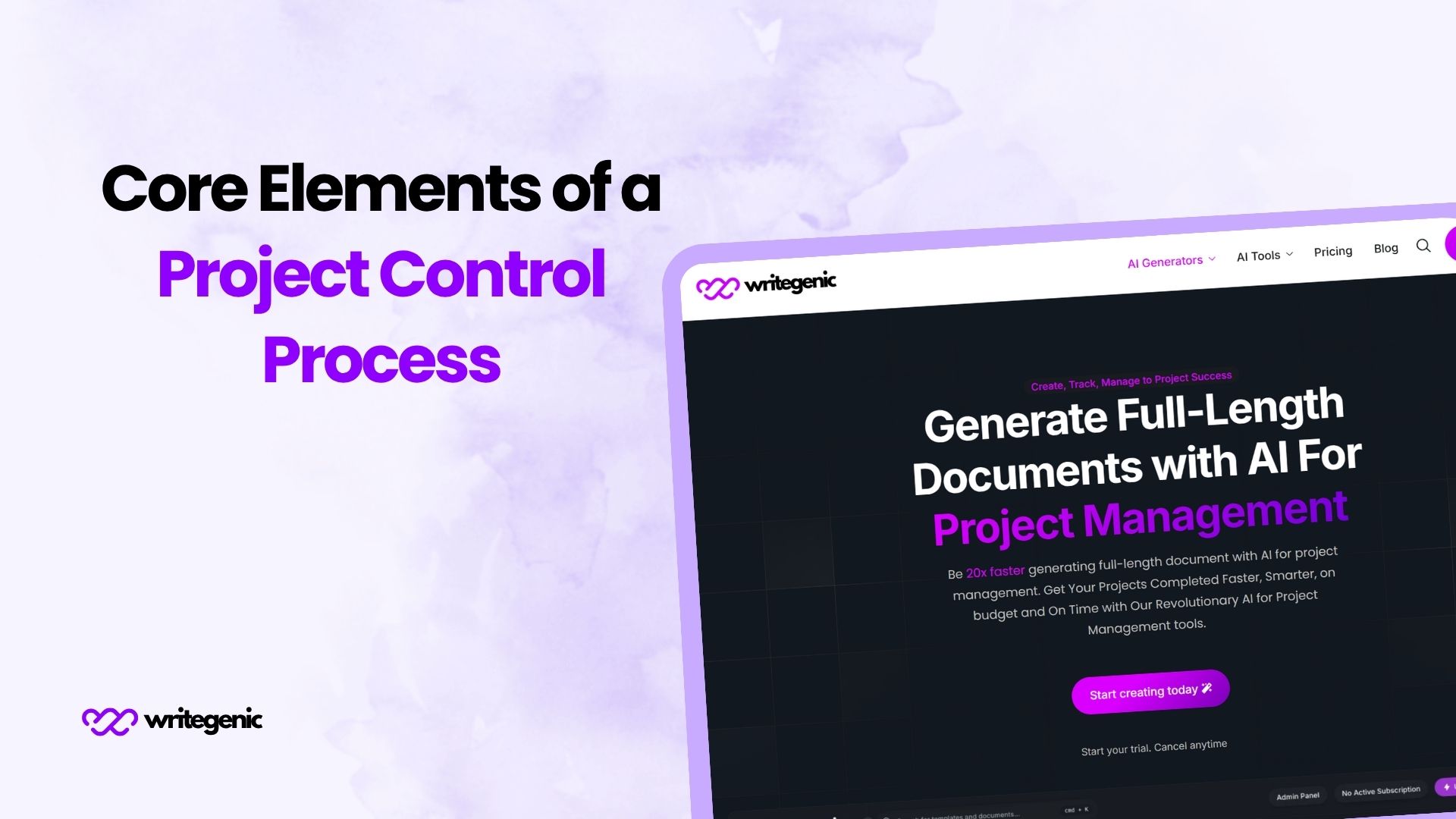
3 minute read
What are the steps involved in the project control process?
Understanding the Project Control Framework
Project control is a continuous and systematic process aimed at ensuring that a project remains aligned with its scope, budget, and timeline. It involves a sequence of activities that enable the project manager to measure performance, identify deviations, and implement corrective actions as needed.
Step 1: Establish Control Baselines
The first step is to define the project's baselines, which include the scope, schedule, and cost. These baselines represent the approved plan and serve as benchmarks for tracking actual performance. A clear baseline must be documented and agreed upon by key stakeholders before monitoring begins.
Step 2: Monitor Project Performance
Once the project is underway, the control process involves collecting real-time data on progress. This includes tracking task completion, budget spending, resource usage, and adherence to the planned timeline. Monitoring is continuous and forms the basis for identifying issues early.
Step 3: Compare Actual Performance Against Baselines
The actual data collected is then compared to the established baselines. This comparison helps in identifying variances—instances where the project deviates from the planned schedule, cost, or scope. Common tools used in this step include Gantt charts, budget reports, and Earned Value Management systems.
Step 4: Analyze Deviations and Identify Root Causes
Not all variances are significant, but when discrepancies exceed acceptable thresholds, deeper analysis is required. Project managers investigate the root causes of these variances, which could include resource shortages, unforeseen risks, poor estimation, or scope creep. This diagnostic step is crucial for developing targeted solutions.
Step 5: Implement Corrective Actions
Once the causes are known, corrective measures must be implemented to bring the project back on track. These may involve reassigning tasks, adjusting schedules, increasing budgets, or requesting change approvals. Timely intervention prevents minor issues from becoming major setbacks.
Step 6: Update Forecasts and Project Plan
As changes are made, forecasts must be updated to reflect the new reality. This involves recalculating the time and cost required to complete the project. Revised forecasts help in setting accurate expectations and keeping stakeholders informed of the updated status and outlook.
Step 7: Communicate with Stakeholders
Throughout the control process, clear and consistent communication with stakeholders is essential. Performance reports, variance analysis, and revised plans should be shared regularly to maintain transparency and build trust. Effective communication ensures that everyone remains aligned with the project’s direction.
Step 8: Document Lessons Learned
The final step is to record what worked and what didn’t during the control process. These lessons contribute to organizational knowledge and help improve control mechanisms in future projects. This step often occurs during or after project closure, but its roots are in the control process.
Conclusion
The project control process is structured, proactive, and iterative. From establishing baselines to monitoring and adjusting the plan, each step plays a vital role in ensuring project success. Following this systematic approach allows teams to respond quickly to change, minimize risks, and deliver on stakeholder expectations.










